With portable DACs boosting phone audio, is the world still big enough for new Walkmans?
Budget hi-res music players still have a (very niche) place
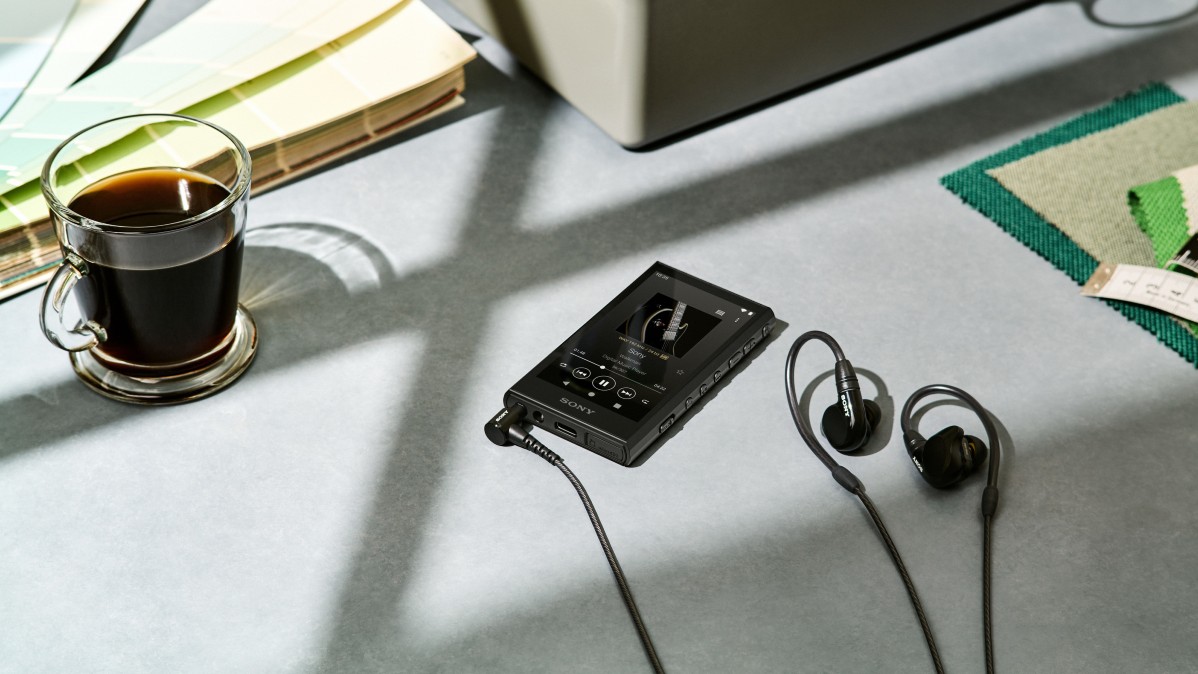
It’s like buses – we wait months for new budget hi-res music players that might finally rival Astell & Kern’s Award-winning entry-level A&norma SR25 MKII, only for two to then come along one after another.
Earlier this month, Sony announced the NW-A306 (£350 / $350 / AU$499), its first budget Walkman since the NW-A55L which won a What Hi-Fi? Award in 2020 before being discontinued without an immediate successor. This news came hot on the heels of FiiO launching its next sensibly priced budget offering, the M11S (£489 / $499 / AU$819). Both of these considerably undercut the price of the aforementioned Astell & Kern (£699 / $749 / AU$1099), offering anyone who wants a portable hi-res audio experience in a dedicated device a more affordable way in.
But is the world still big enough for a hi-res player at this modest level, let alone several of them, now that the ever-expanding portable DAC market offers an on-the-go hi-res audio experience in a device that’s much less physically independent – tethered, in fact, to the phone you only wish could offer it in the first place? Honestly, we would’ve expressed uncertainty 10 years ago, and now the doubt seems even more legitimate. So, we ask ourselves in 2023, do entry-level Walkmans and the like still have a place?
Well, phone audio is no less terrible
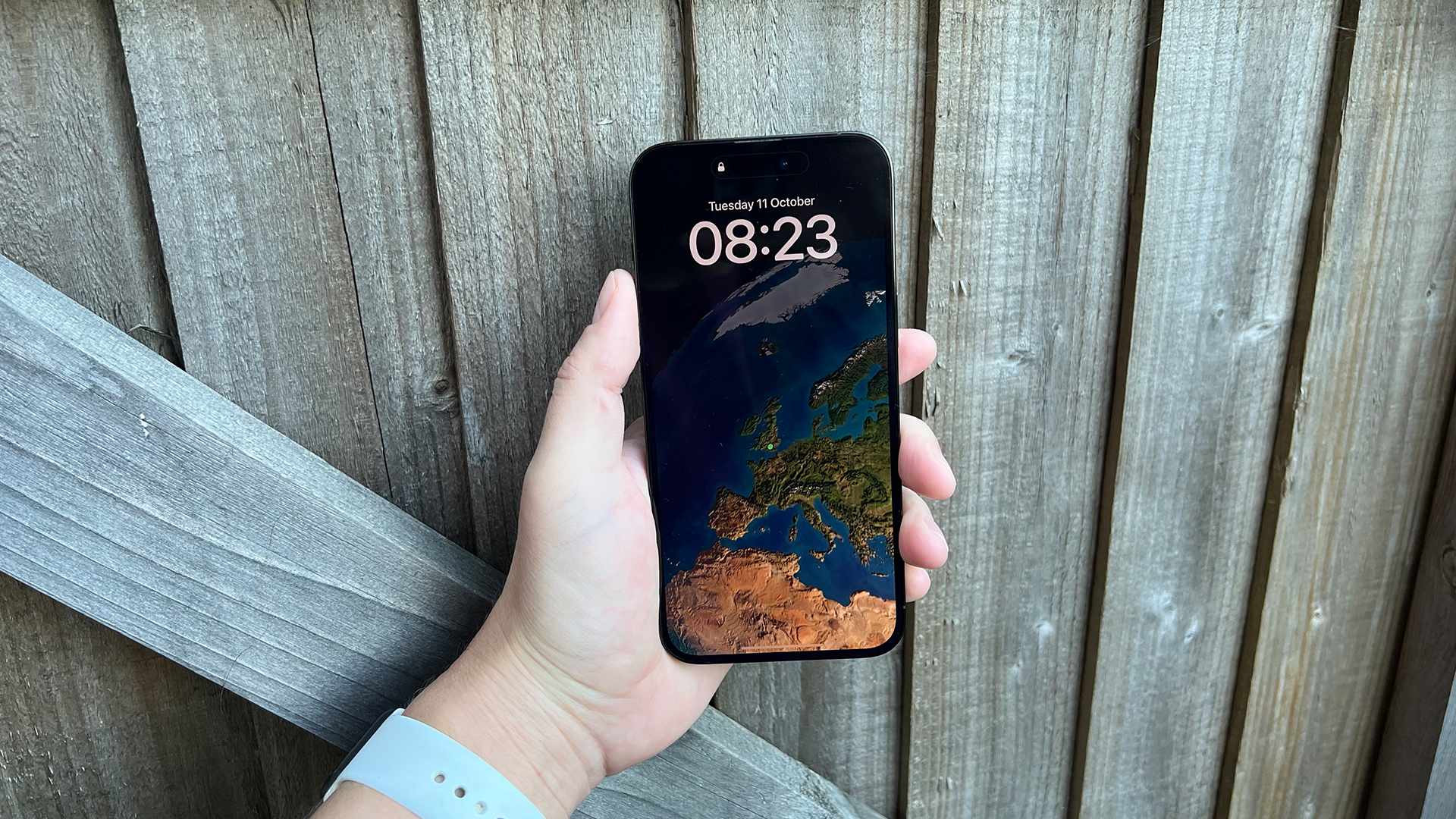
I’m sorry to say that your phone doesn’t sound great. It’s OK, neither does mine. In the phone world, audio quality simply hasn’t been (and still isn’t) a priority. Phone and chipset manufacturers have done truly wondrous things to evolve phones over the past two decades. Most people’s phone displays today will be better than their TV screens, for God's sake. There has been a significant progression in the wireless audio space, with phones now able to transmit music to headphones over much better quality Bluetooth than was available some years ago, but that quality is still some way from “hi-res”, both technically and audibly.
One could argue – and I will – that the quality of general phone audio listening has actually gone backwards since the almost universal removal of the 3.5mm jack and epidemic reliance on Bluetooth. Even those who do plug wired headphones into their phones are at the mercy of audio output stages that have likely been second thoughts compared to other features during the handsets' design.
Hooray, portable DACs are here to help…
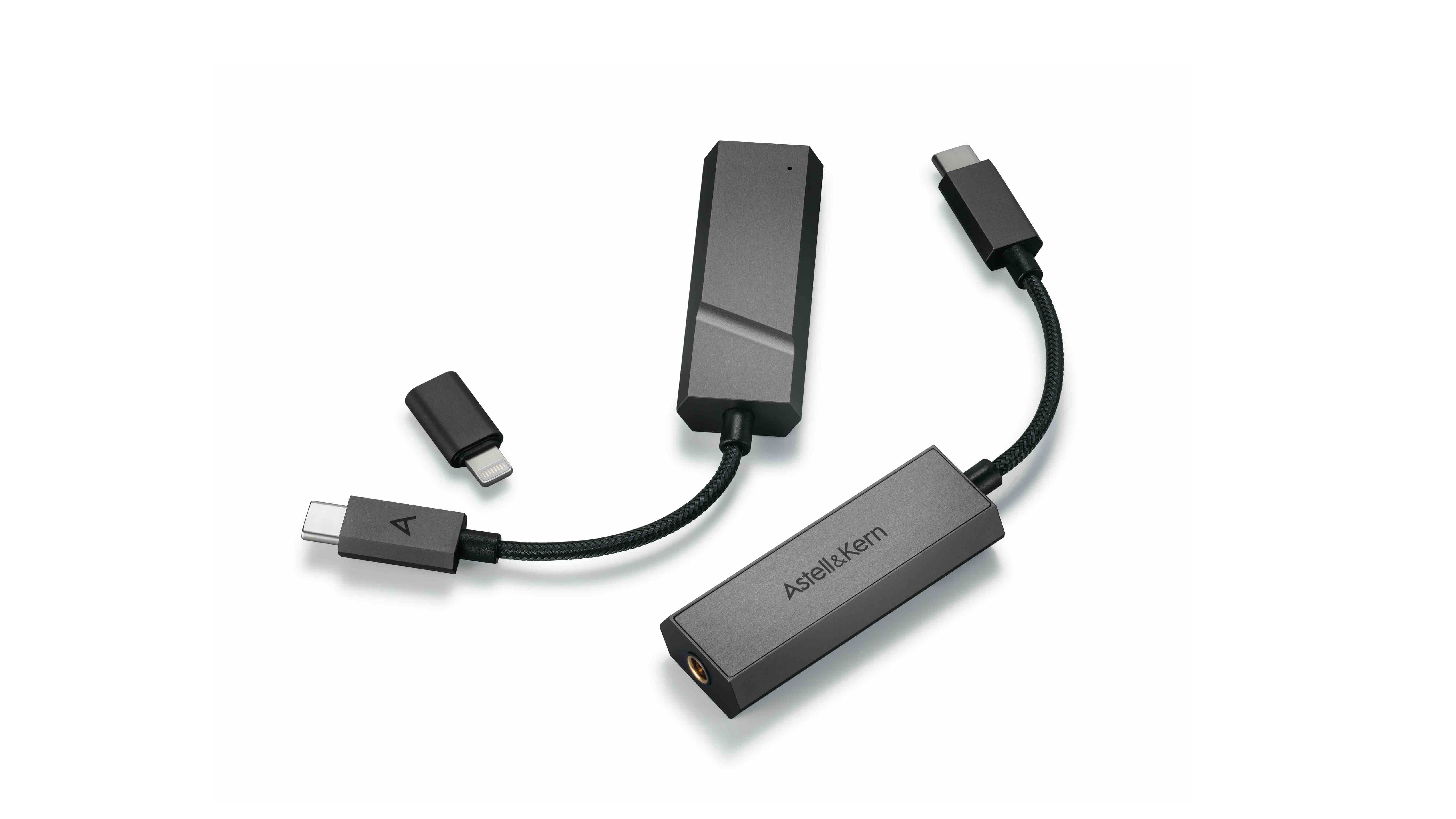
Because of this, one of the most visibly growing markets in audio technology has been the portable DAC (digital-to-analogue converter) – a small device, often dongle-like in form, that acts as the middleman between phones and (typically wired) headphones to offer better audio quality than the former can output through its own DAC. For those who want that better sound quality but value the convenience of having it all tied to your does-it-all phone, and who are willing to pay one, two, perhaps three hundred pounds/dollars/euros for the privilege, it’s problem solved to an extent.
… but are they better solutions than hi-res music players?
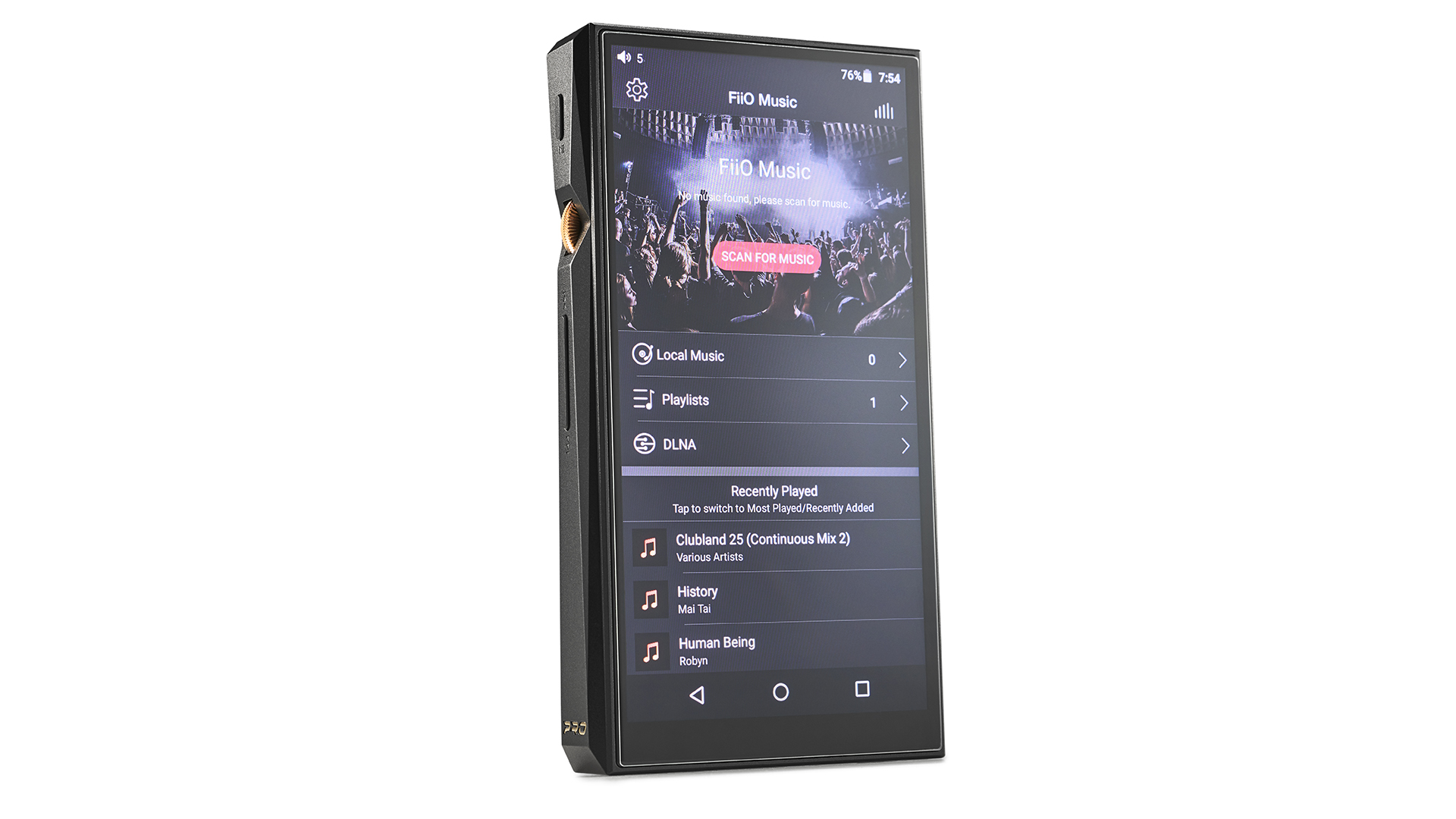
I’m sure many would agree that it’s more convenient to be able to discreetly upgrade your phone’s audio this way as opposed to carrying around and managing another phone-sized device. And for the majority of the minority who care enough about audio to look beyond their phone’s capabilities, this convenience probably wins nine times out of ten. After all, that’s why we don’t see Walkmans and iPods out there in the wild very much like we do phones, AirPods, Kindles and, to a lesser extent, DAC dongles. It’s why two of the world’s largest consumer electronics companies only have one everyman-priced model in their catalogues, and why I can only rattle off a handful of music player brands off the top of my head.
Get the What Hi-Fi? Newsletter
The latest hi-fi, home cinema and tech news, reviews, buying advice and deals, direct to your inbox.
But their relevance in the audiophile-minded crowd is not all lost. They have practical advantages over a phone/DAC set-up. While music players at the modest level don’t have particularly big onboard storage – both the new Sony and FiiO have 32GB, which a phone could reasonably syphon off for music files – they do have microSD expansions that phones these days do not. They obviously prevent you from draining your phone’s battery, too. And some may support hi-res file formats (like MQA and DSD) to a greater extent.
They have adapted past their primary purpose out of necessity to keep up with the times, too. Wi-fi and music streaming services are often onboard, while some, such as the FiiO and Astell & Kern, can double as USB DACs to improve your laptop/computer sound as well. Of course, just as some (most?) people will turn their nose up at having a second device to carry around, some might like the thought of having a separate, music-only player without all the distractions phones introduce. This handful of reasons has to be why budget music players are still a thing in 2023, even if they are a niche, one-per-specialist-brand affair.
As for whether a hi-res player or similar priced DAC (in conjunction with a phone) would sound better, it's a tough call and, in my experience, there is no categorical winner here; it would depend on the quality of the devices. You could argue that the phone/DAC set-up together would be a much pricier pairing than a budget music player, though that would hardly come into a buying decision for anyone wanting a better audio experience considering everyone already owns a 'must-have' phone.
More exotic than everyday?
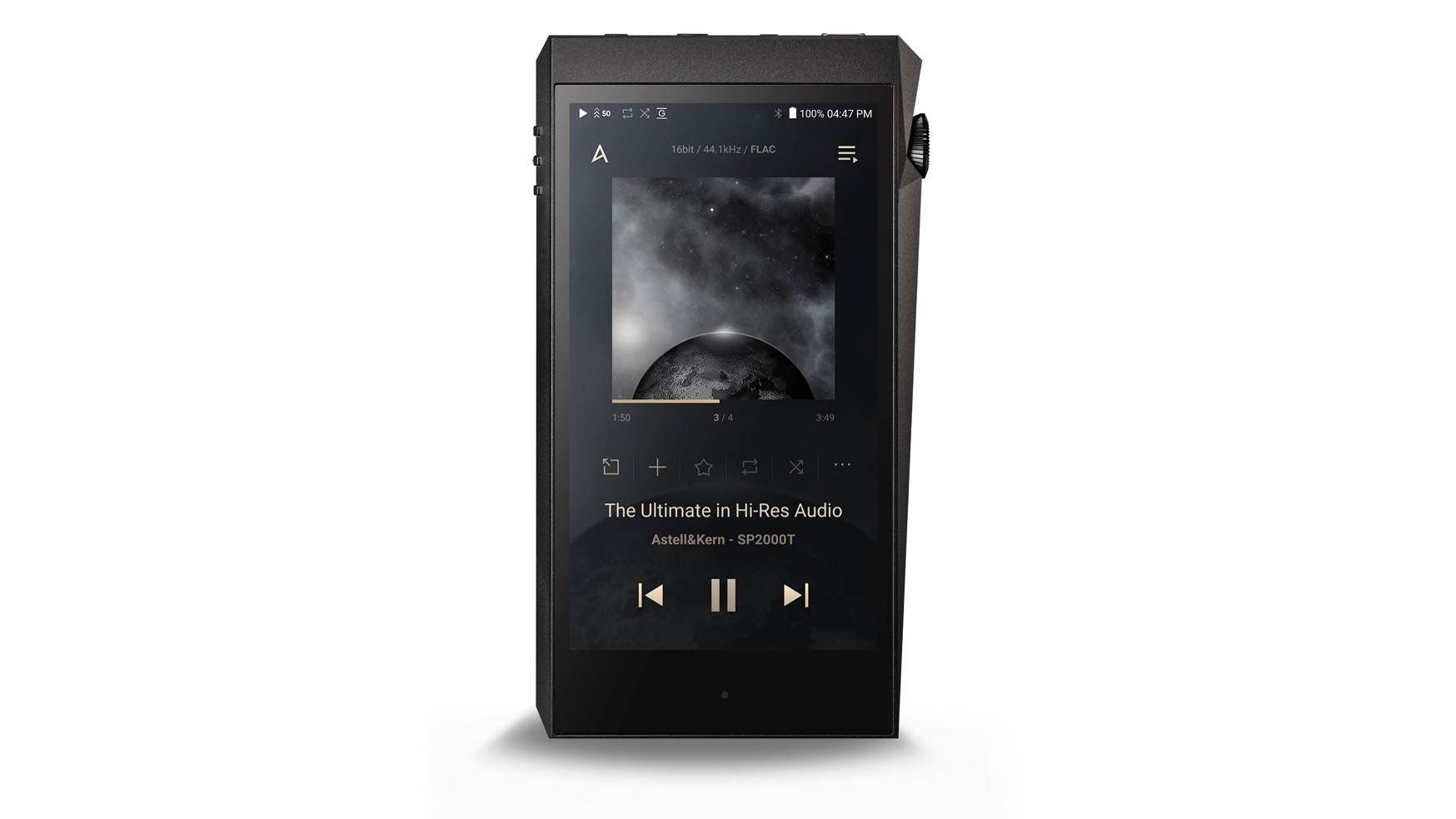
With all this in mind, however, perhaps budget hi-res audio players are now simply a travel luxury or hobby device for those who care about audio quality, rather than the daily accompaniment they once were. For me, the argument for owning a higher-end portable music player is a much easier one to make. They aren’t trying to offer a step-up audio experience than a phone can; they’re out to be a personal hi-fi system in your pocket and, in the more extreme cases, rival the performance capabilities of serious digital source components housed in much bigger boxes. Indeed, the £3399 / $3499 / AU$4999 Astell & Kern A&ultima SP2000 more than held its own as a source within our tens-of-thousands reference system, as well as capably feeding the highest-end headphones we had within reach.
Still, the death of the affordable portable music player isn’t here yet, so long as Sony et al keep pushing them out every few years. Perhaps it isn’t even nigh. The fantasist in me even optimistically wonders whether they’ll have a mass vinyl-revival-like renaissance in time!
In the meantime, the What Hi-Fi? team has two new affordable hi-res players that we look forward to dissecting within the contextual frames of the category’s arguably shrinking relevance. But no matter how well they review, I won’t help but wonder how many of each will actually be sold.
MORE:
Forget the Plus and Ultra, I want a music-focused Galaxy S23 – here's why
Our pick of the best portable MP3 players: budget to hi-res music players
What is a DAC? And why do you need one?
Enjoy your favourite music on the go with this killer portable hi-fi system
Becky is the managing editor of What Hi-Fi? and, since her recent move to Melbourne, also the editor of the brand's sister magazines Down Under – Australian Hi-Fi and Audio Esoterica. During her 11+ years in the hi-fi industry, she has reviewed all manner of audio gear, from budget amplifiers to high-end speakers, and particularly specialises in headphones and head-fi devices. In her spare time, Becky can often be found running, watching Liverpool FC and horror movies, and hunting for gluten-free cake.
-
Symples Now that is a good question.Reply
I have a pair of Sony CH900 bluetooth headphones.
I have this version as opposed to the CH700 as they handle hires audio (What they really mean is that is can also connect to an output by cable WIRED)
I have a headphone amp (DAC Dacmagic XS)) by Cambridge Audio that plugs in to the USB port of my laptop. It can also by used with the USB port of my phone.
Also I have the Cyrus Soundkey. With is a USB headphone amp (DAC) mainly for portable use (low powered)
I did consider buying a hires portable player, but then after buying these DACs, I considered that it was not worth it. The DACS cost me £39 and £79 respectively. It's £200 for a decent hires player.
.. and come to think of it. My phone (Samsung S22) handles hires files just fine. In fact my old Samsung S8 handled hires files just as well.
Both used with my Sony CH900 and my AKG K550
Now I am not saying that these headphone amps are as good as a hires player, but I do not have any complaints with them.
Another question.
Are these hires players overpriced?

